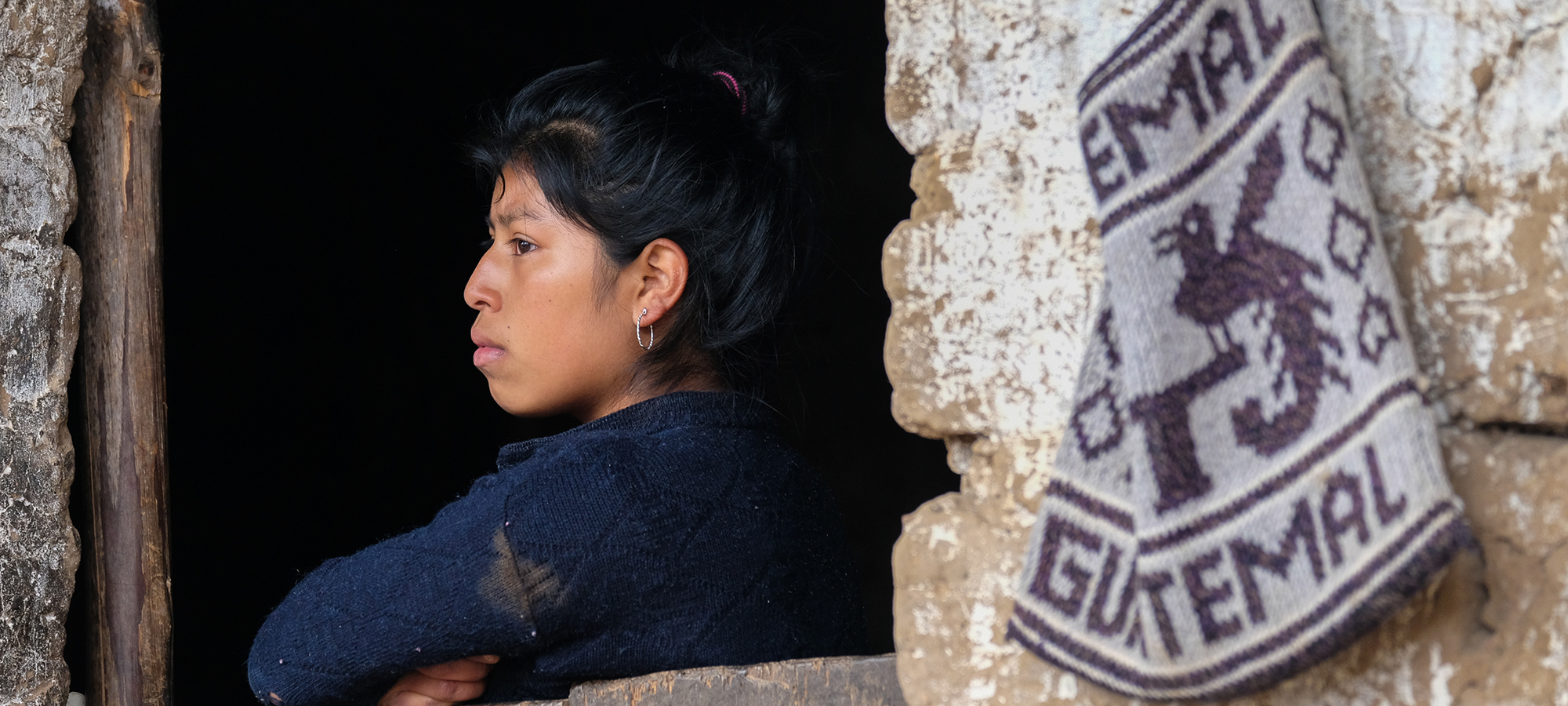
Historical and Present Context
Since the arrival of Europeans in Guatemala, Indigenous peoples have suffered racism, exploitation, and the denial of human, social, political, economic and cultural rights. They represent the poorest and the most vulnerable section of the society who face profound systemic and structural exclusion on many fronts. Today Guatemala has a population of 16 million people. Almost half the population cannot afford the cost of the basic food basket. As a result, the prevalence of stunting in children under 5 is one of the highest in the world – and the highest in Latin America and the Caribbean. At 46.5 percent nationally, the stunting rate climbs up to 70 percent in some departments, with peaks as high as 90 percent in the hardest hit municipalities.
The status of indigenous peoples has remained unresolved since colonization, when upon conquest by the Spanish, their land was seized and granted to colonizers. The emerging class of wealthy ladinos (non-indigenous) gained increasing control over land and labor, while the indigenous Mayan and Xincas peoples lost their community and historical property rights over their land and territories. The result has been fierce and often violent land conflicts between poor campesinos (farmers) and the powerful land barons, who usually enjoy close ties with the government.”( Consolidated Baseline Report, June 2012, by ActionAid)
Today Guatemala has a population of 16 million people. Almost half the population cannot afford the cost of the basic food basket. As a result, the prevalence of stunting in children under 5 is one of the highest in the world – and the highest in Latin America and the Caribbean. At 46.5 percent nationally, the stunting rate climbs up to 70 percent in some departments, with peaks as high as 90 percent in the hardest hit municipalities.
A multi-ethnic country with a rich cultural heritage, Guatemala is one of the most unequal countries in Latin America. While two thirds of the overall population live on less than US$ 2 per day, poverty affects indigenous people disproportionately: 80 percent of them experience deprivation in multiple aspects of their lives, including food security, nutrition, health and education.
Guatemala is among the 10 countries that are most vulnerable to natural disasters and the effects of climate change. Over the past three years, extended dry seasons have had a severe impact on the livelihoods of subsistence farmers, who rely on rain-fed agriculture, especially in the Dry Corridor. Poor soil conditions, over-exploitation of forest resources, degraded lands, small size of plots, and lack of access to credit, agricultural supplies, and technical assistance drive agricultural productivity and profitability further down.”( World Food Program 2018)
